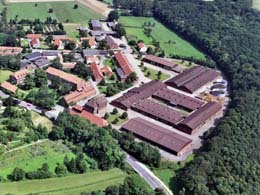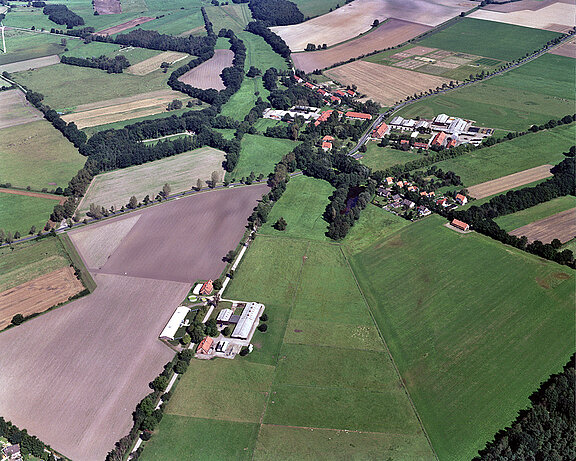
For food production, man exploits the biological functions from animals in agriculture, in particularly maturation in terms of development, growth and reproduction. Broadly speaking, the most important agricultural animal species include cattle, pigs, sheep, goats, horses, poultry and rabbits. This has developed over thousands of years into a symbiotic man-animal relationship through domestication, reproduction and selection of particularly suitable populations of these species. In its current form, this includes a great variety of sub-species. In other regions of the earth where animal power can only partially be substituted by technology; buffalos, camels and donkeys must be included in this group. The most important products of our domestic production are milk, eggs, meat but also leather, fur and wool.
With the application of modern breeding methods, breeding populations in the second half of the 20th century were greatly changed. The combination of modern biotechnical protocols, advances in information technology and facilitation of the international exchange of genetic material (sperm and embryos) has led to strong expansion of a small number of particularly high performance breeds, causing local breeds to be broadly displaced. For this reason, both research and appropriate conservation methods are needed to prevent the loss of valuable genetic material.

In the meantime, sequencing and annotation of the genomes of commercially important animals has made great progress and informative genetic maps are now available for cattle, poultry, horses, dogs and bees. This permits further detailed analysis of these genomes and their modification by gene technology. The growing knowledge base derived from genome analysis presents new possibilities for testing and evaluating genetic diversity and its effect on domesticated animal populations. This applies to the non-coding DNA sequences such as SNPs (Single Nucleotide Polymorphisms), transposons and other polymorphisms, and also to the search for the factors regulating gene expression.
Research into the optimization of breeding population management is necessary to effectively maintain genetic resources. Current molecular genetic methods afford new capabilities for the characterization and analysis of populations, permitting their special features to be investigated and permitting targeted changes by which new genetic diversity can be created.
Against this background, the Institute of Farm Animal Genetics, at its renowned facility in Mariensee (near Hannover), performs research into the maintenance, evaluation and use of the genetic resources represented by agriculturally important domesticated animals.

